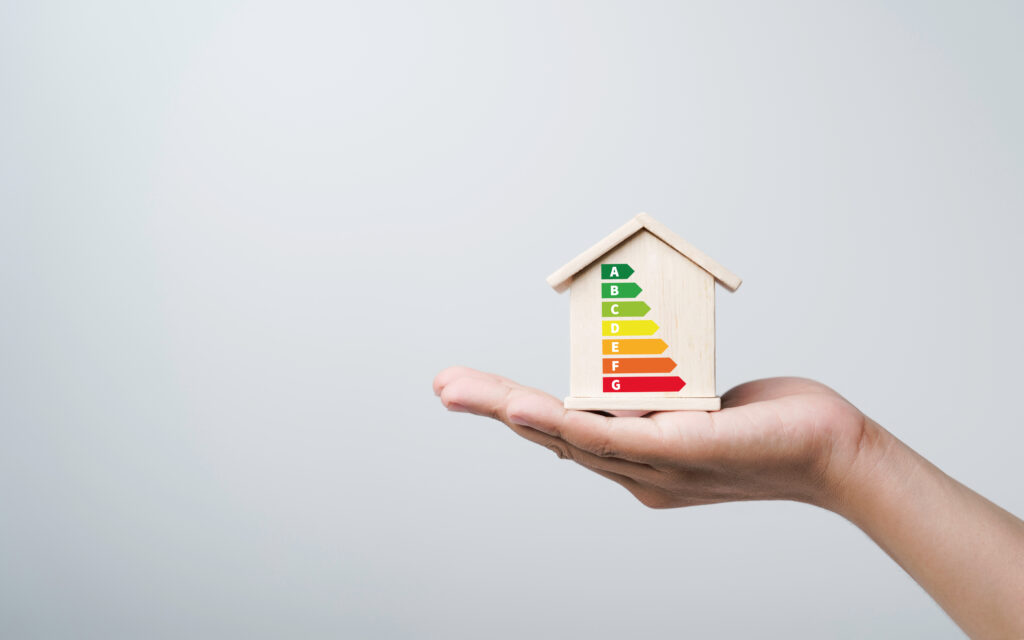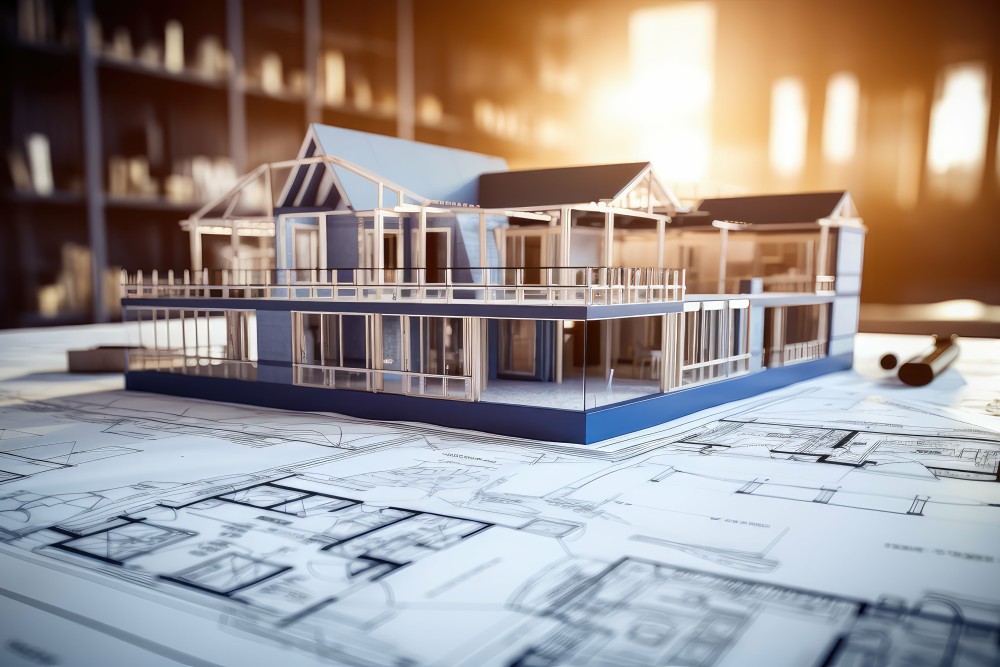1. Understand Energy Efficiency Ratings
Energy Star® Certification
- What It Means: The ENERGY STAR® label indicates that the appliance meets or exceeds energy efficiency standards set by the U.S. Environmental Protection Agency (EPA). These products are designed to use less energy without sacrificing performance.
- Benefits: ENERGY STAR® certified appliances typically consume 10-50% less energy than non-certified models, leading to significant savings on your energy bills.
Energy Guide Labels
- Reading the Label: The yellow Energy Guide label provides information on an appliance’s estimated annual energy consumption and operating cost. This helps you compare the energy use of different models.
- Cost Savings: The label also shows how much energy (in kilowatt-hours) the appliance uses per year, making it easier to estimate potential savings.
2. Identify Your Needs
Assess Your Usage
- Frequency of Use: Consider how often you use the appliance. For instance, if you frequently cook at home, investing in an energy-efficient oven or refrigerator can yield substantial savings.
- Capacity Requirements: Choose appliances with capacities that match your household’s needs. Oversized appliances can lead to unnecessary energy consumption.
Consider Features
- Essential Features: Focus on features that contribute to energy efficiency, such as adjustable settings, timers, and energy-saving modes.
- Avoid Unnecessary Extras: Extra features like ice makers, water dispensers, or smart technology can increase energy consumption. Decide if these features are essential for your needs.
Join HICP Homeowner’s Alliance
Connect with experts, get special discounts and enjoy member benefits
3. Compare Different Models
Research and Reviews
- Consumer Reports: Use reliable sources like Consumer Reports to compare the energy efficiency, performance, and reliability of different models.
- Customer Reviews: Read customer reviews to gain insights into real-world performance and potential issues with specific appliances.
Energy Efficiency vs. Purchase Price
- Initial Cost vs. Long-Term Savings: While energy-efficient appliances may have a higher upfront cost, they can save you money over time through lower energy bills.
- Payback Period: Calculate the payback period by comparing the initial cost difference and the annual savings. This helps determine how long it will take for the savings to offset the higher purchase price.
4. Consider the Appliance Type
Refrigerators and Freezers
- Top-Freezer Models: Typically more energy-efficient than side-by-side or bottom-freezer models.
- Automatic Defrost: Choose models with automatic defrost to prevent energy waste caused by frost buildup.
Dishwashers
- Soil Sensors: Look for dishwashers with soil sensors that adjust the water usage based on how dirty the dishes are.
- Energy-Saving Cycles: Select models with energy-saving or eco cycles that use less water and energy.
Washing Machines
- Front-Load vs. Top-Load: Front-load washers are generally more energy-efficient than top-load models because they use less water and detergent.
- High-Efficiency (HE) Models: HE washers use less water and energy and often have faster spin cycles, reducing drying time.
Dryers
- Moisture Sensors: Choose dryers with moisture sensors that automatically shut off the machine when clothes are dry, preventing over-drying and saving energy.
- Heat Pump Dryers: These models are more energy-efficient as they recycle heat to dry clothes.
Ovens and Stoves
- Convection Ovens: Use fans to circulate hot air, cooking food more evenly and quickly, thus saving energy.
- Induction Cooktops: More energy-efficient than gas or electric cooktops because they transfer heat directly to the cookware.
Air Conditioners and Heaters
- Programmable Thermostats: Allows you to set temperatures based on your schedule, reducing energy consumption when heating or cooling isn’t needed.
- Inverter Technology: Look for HVAC systems with inverter technology that adjust the compressor speed based on the cooling or heating demand, leading to more efficient operation.
5. Calculate Potential Savings
Energy Cost Calculator
- Online Tools: Use online energy cost calculators to estimate the annual savings you can achieve by switching to energy-efficient appliances.
- Compare Models: Input the energy consumption of different models to see which one offers the best savings over time.
Rebate Programs and Incentives
- Government and Utility Rebates: Check for rebates and incentives offered by government programs or local utility companies for purchasing energy-efficient appliances.
- Manufacturer Discounts: Look for promotions or discounts offered by manufacturers for ENERGY STAR® certified products.
6. Consider Environmental Impact
Sustainable Manufacturing
- Eco-Friendly Brands: Choose brands that prioritize sustainable manufacturing practices and use environmentally friendly materials.
- End-of-Life Disposal: Consider the appliance’s end-of-life disposal options. Some manufacturers offer take-back programs or recycling options.
Reduced Carbon Footprint
- Lower Emissions: Energy-efficient appliances reduce your home’s overall energy consumption, leading to fewer greenhouse gas emissions.
- Sustainable Living: Incorporating energy-efficient appliances is part of a broader commitment to a sustainable lifestyle, reducing your environmental footprint.
Conclusion
Choosing energy-efficient appliances for your home is a smart decision that benefits your wallet and the environment. By understanding energy efficiency ratings, identifying your needs, comparing different models, and considering the long-term savings and environmental impact, you can make informed choices that enhance your home’s efficiency and sustainability. Take advantage of available rebates and incentives to offset initial costs, and enjoy the long-term benefits of reduced energy consumption and lower utility bills. With careful planning and research, you can transform your home into an energy-efficient haven.



















